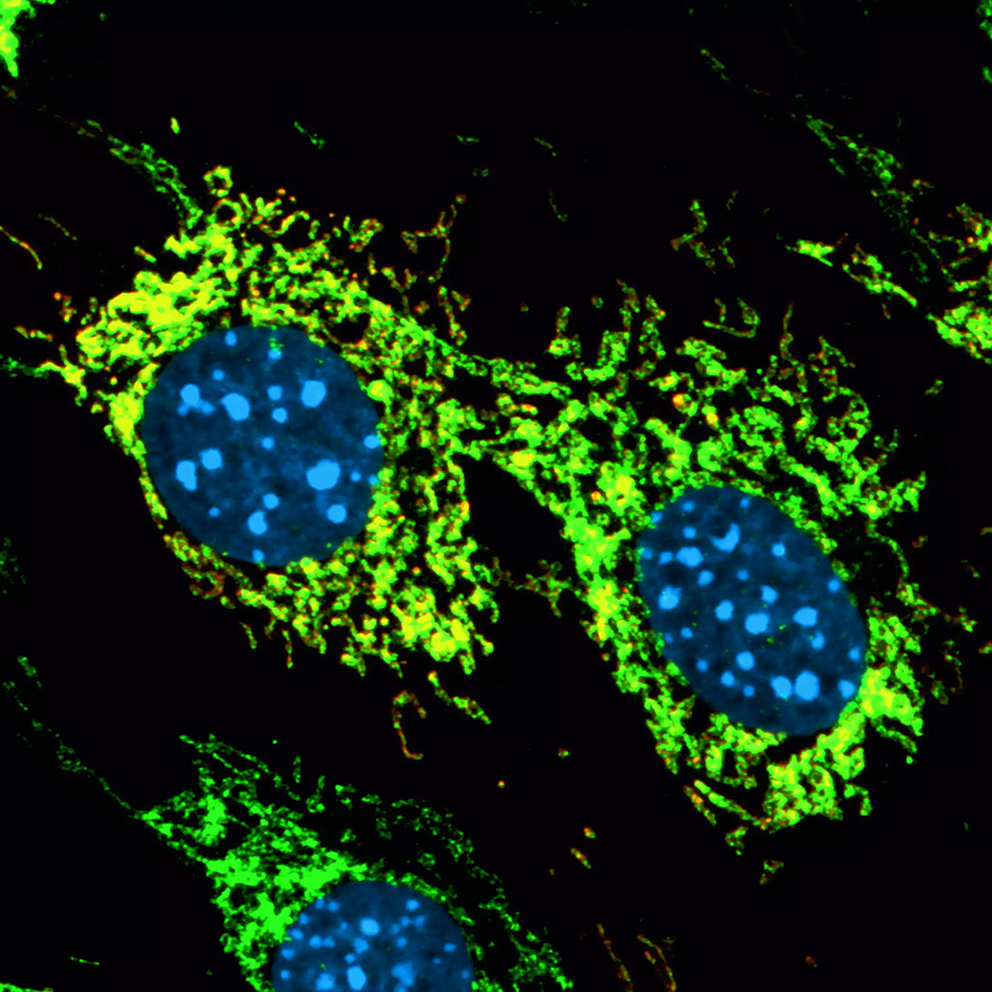The precise regulation of cellular metabolism depends on a coordinated interaction between the nucleus and mitochondria. First of all, the mitochondria serve as the cellular powerhouse for generating energy and producing essential metabolites. But they not only fulfill the cell’s energy requirements. They also act as building blocks for both genetic and epigenetic structures within the nucleus. Conversely, most metabolic enzymes that govern mitochondrial processes are encoded by nuclear genes, highlighting the interdependence of these two organelles.
This inter-organellar communication is facilitated by molecules that shuttle between the nucleus and mitochondria. The histone acetyltransferase MOF, an enzyme and a classical epigenetic regulator, is such a wanderer between these two worlds. Moreover, it is the object of study of Dr. Sukanya Guhathakurta who will start a Minerva Fast-Track research group in 2024 at the Max Planck Institute of Immunobiology & Epigenetics in Freiburg (MPI-IE).







